Manual Therapy
Pre & Post Operative Rehabilitation and Excercises
Rehabilitation is described as a set of interventions designed to optimize functioning and reduce disability in individuals with health conditions in interaction with their environment. It helps an individual perform their daily life tasks independently by overcoming their underlying problems. A person may need rehabilitation at some point in their life especially before or after undergoing some operative process so that they are able to maintain their normal lifestyle as before.
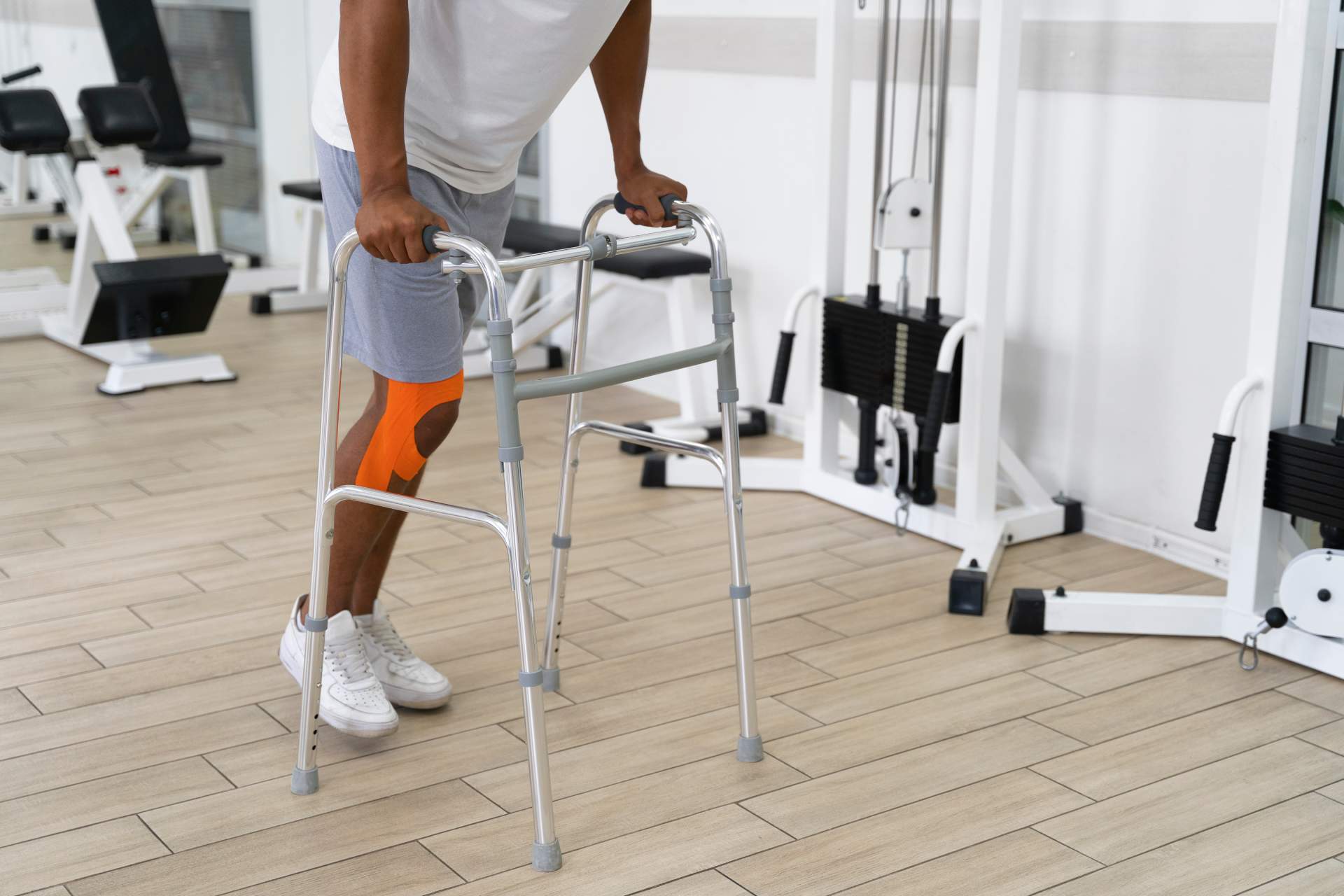
The Benefits of Rehabilitation
Physical benefits
Rehabilitation is aimed to reduce pain, and improve strength, mobility, flexibility, posture, gait, coordination, and deformities.
Psychological benefits
The psychological aspects of rehabilitation are meant to improve self-confidence, help deal psychologically with the illness/injury, and provide greater independence to aid the patient in returning to the pre-injury state.
Lifestyle benefits
Rehabilitation also improves performance, decreases dependence, and improves the quality of life
Rehabilitation Through Physiotherapy
Physiotherapy plays a key role in rehabilitation and it does so by rehabilitating different types of health disorders through a number of techniques. Our physiotherapist customizes a treatment plan according to the patient’s condition, goals, and abilities.
Orthopedic and Musculoskeletal Rehabilitation
The main purpose is to correct musculoskeletal limitations and reduce pain from trauma, illness, or surgery.
Neurological Rehabilitation
It can improve neurological issues like muscle weakness, spasticity, impaired coordination, gait disturbances, difficulty speaking or swallowing, and impaired balance. It is useful in conditions like spinal cord injury, stroke, and Parkinson’s disease.
Cardiac Rehabilitation
Intervention offered to patients with cardiovascular diseases entails advice on risk reduction, physical exercises, stress management, and the components of health education so that the risk of morbidity, mortality, and unplanned hospital admission is reduced.
Pulmonary Rehabilitation
It includes interventions that help with education, exercise training, and behavior changes in patients with chronic pulmonary disorders.
Renal Rehabilitation
It aims to help both pre-dialysis and dialysis patients with chronic kidney diseases.
Other forms of rehabilitation
Burns rehabilitation and geriatric rehabilitation are also available for the patients.

Pulmonary Lung Rehabilitation
Attending a pulmonary rehabilitation (PR) program can be a lifesaver for many patients with chronic lung conditions such as COPD.
Pulmonary rehabilitation, also known as respiratory rehabilitation, is an important part of managing and maintaining the health of people with chronic respiratory disease who remain symptomatic or have decreased function despite standard medical treatment.
Medical Uses of PR
PR is indicated for patients with the following conditions:
- COPD
- Sarcoidosis
- Cystic fibrosis
- Pulmonary fibrosis
- Bronchitis
Program Structure
PR programs can range in length from 6-8 weeks to a year. The recommended duration is 6-12 weeks, with twice-weekly supervised exercise sessions and a minimum of 12 supervised sessions.
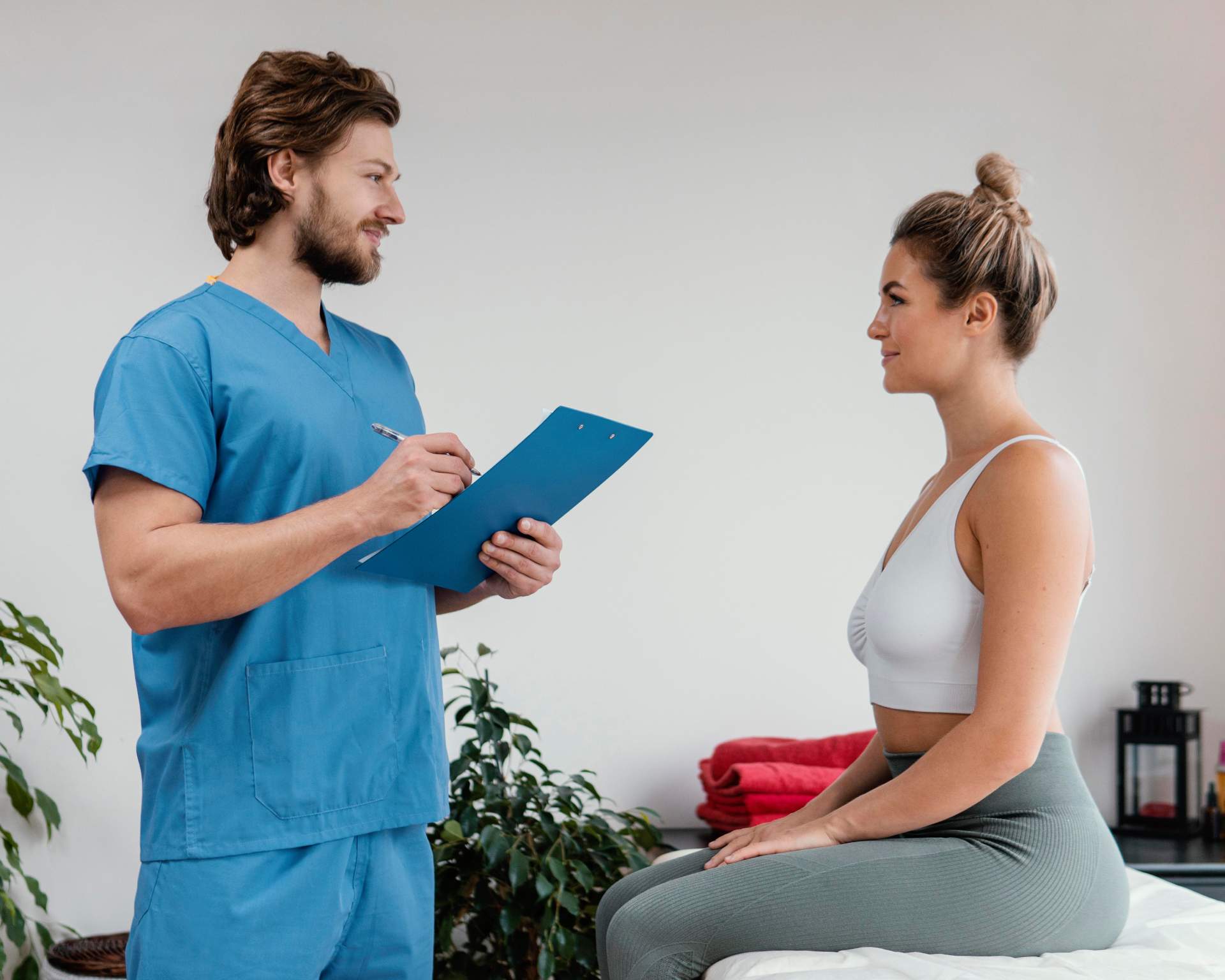
What does PR include?
Pulmonary Rehabilitation is done in different ways, these include;
Education
Patients learn everything they need to know about their specific chronic lung disease during pulmonary rehab. At SWNW Osteopathy, our team discusses anatomy, physiology, breathing techniques, and medication management, including the best time of day to take medications.
Exercise
Patients in pulmonary rehab are monitored and taught to exercise safely by paying attention to their breathing and oxygen levels, as well as learning modifications such as weight lifting and yoga in a chair.
People with chronic lung disease tend to avoid exercise due to breathing difficulties. However, the right amount and type of exercise have numerous advantages. It can strengthen your heart and muscles, boost your energy levels, and help you use oxygen more efficiently.
Breathing Strategies
All pulmonary rehab patients at SWNW Osteopathy are taught breathing strategies such as pursed-lipped breathing and diaphragmatic breathing exercises, among others, to help increase oxygen levels and manage symptoms.
Emotional Support
Because many people with chronic lung disease, or any chronic illness, suffer from depression, anxiety, and other emotional issues, our pulmonary rehabilitation program provides counseling services to our patients.
Nutritional Consultation
Achieving and maintaining a healthy weight is an important part of living a healthy lifestyle, and people with chronic lung disease are no exception. Excessive body weight can cause shortness of breath while being underweight can reduce your ability to fight infections.
ERGONOMICS
The textbook definition of ergonomics is the study of people in their workplace, as well as the process of designing or rearranging workplaces, products, and systems to fit the people who use them. It aims to reduce the risk of injury by improving workplaces and environments.
Ergonomics in Workplace
Ergonomics is important in the workplace and can mean the difference between a productive and a non-productive employee. Poor ergonomics can lead to a variety of issues, including:
- Poor Posture
- Headaches
- Back Pain
- Tension in the hands & arms.
- Neck pain
- Leg cramps
- Tight muscles and joints
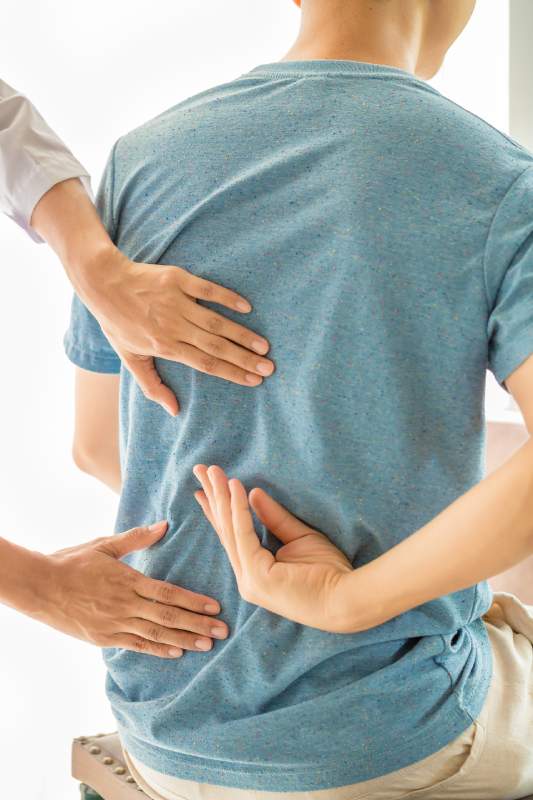
SWNW Osteopathy’s Ergonomic Consultation
Improving the ergonomics of a workplace is proven to have a significant impact on the performance and success of a business. At SWNW Osteopathy, we base our consultation on thorough research about your company and tailor our solutions to your specific needs, problems, and goals.
We can assist you in reducing your ergonomic risk factors by analyzing your postures and movements during work activities, as well as your body and its ability to perform the tasks. A Functional Abilities Evaluation (FAE) can be performed by our physiotherapist to assess your physical ability to meet the demands of your job. We may identify hazards in your workplace, such as awkward postures, and make recommendations for improvement. We may discuss your typical workday with you and offer advice on how to avoid injury or how to recover from an existing injury.
We may suggest that you plan your workday so that long positions are broken up with other tasks. We may create a stretching plan for you to follow at work to relieve muscle tension caused by work activities.
The benefits of Ergonomic Consultation
Availing our team’s consultation regarding your company or office’s ergonomic situation would benefit you in the following ways
- Reduce absenteeism
- Minimize loss of expertise/skill base
- Remove/reduce feelings of resentment towards your business
- Boost workers’ morale and employment satisfaction
- Enhanced work efficiency
- Reduce the incidence of staff sick leave
- Reduce recruitment and retraining costs
- Promote an improved safety culture and safe work practices
- Reduce your workers' lost time due to injuries, redeployment, or permanent disability
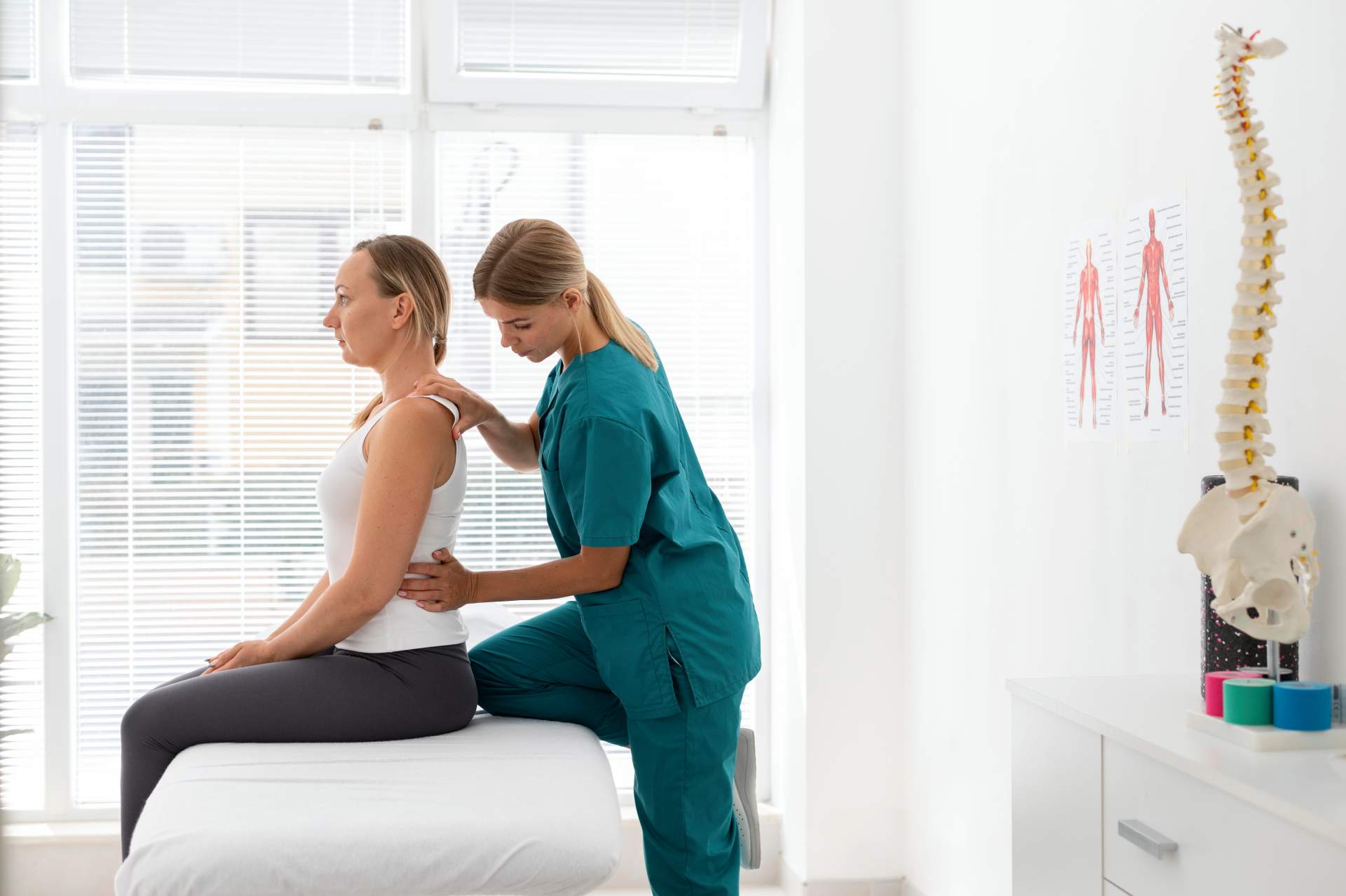
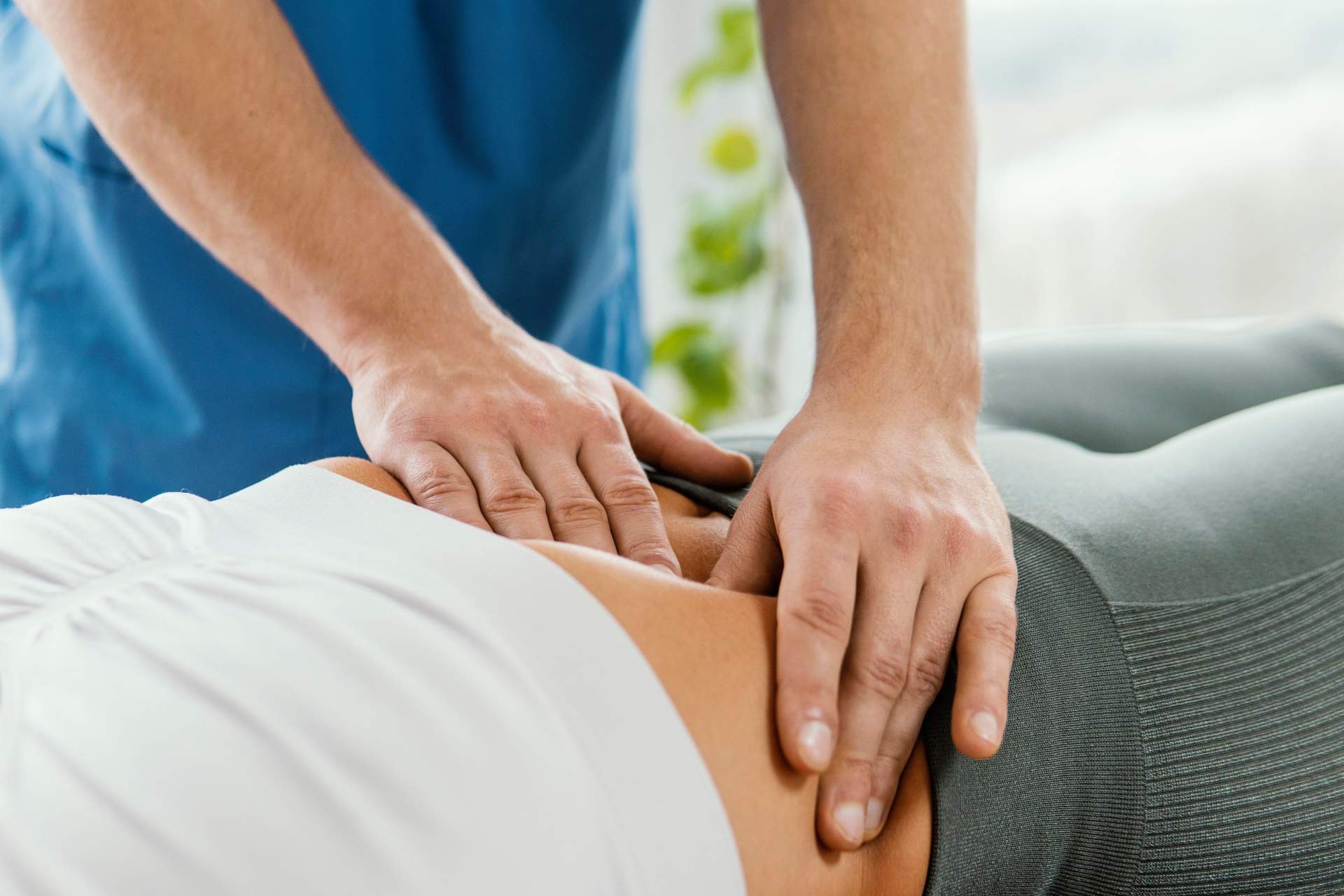
Manual Lymphatic Drainage
Lymphatic drainage massage, also known as manual lymphatic drainage, relieves swelling caused by medical treatment or illness that obstructs the lymphatic system. Lymphatic drainage massage entails gently manipulating specific areas of the body to assist lymph in moving to an area with functioning lymph vessels.
Why is Manual Lymphatic Drainage done?
Lymphatic drainage massage is used to treat painful lymphedema swelling in the arms and legs. People recovering from breast cancer surgery are frequently affected by lymphedema.
Lymphedema occurs when your tissues retain fluid that has been left behind after your cardiovascular system has delivered blood to your tissues and organs. It is basically the fluid seeping into the extracellular spaces from the blood vessels.
Lymphatic drainage massage techniques are used by a massage therapist to move lymph from your tissues to your lymph vessels, reducing swelling in the tissues.

Benefits of Manual Lymphatic Drainage
The benefits of this technique include:
- Improved circulation due to reduced fluid retention.
- Resolution of limb swelling due to lymph retention.
- Promotion of lymph fluid flow and reduced lymphedema.
- Support the natural immune response as it improves the efficiency of the lymphatic system.
- Support for functional recovery following a mastectomy, prostatectomy, or cancer treatment.
Techniques for Manual Lymphatic Drainage
There are several MLD techniques, including the Vodder, Földi, Leduc, and Casley-Smith methods.
Vodder
Depending on the part of the body being treated, various hand motions are used. It also includes fibrosis treatment.
Leduc
It entails the use of special ‘call up’ (or enticing) and ‘reabsorption’ movements that mimic how lymph is absorbed in the initial lymphatics and then into larger lymphatics.
Casley-Smith
This technique employs small and gentle effleurage movements with the side of the hand.
Foldi
This method, based on the Vodder technique, emphasizes thrust and relaxation. It aids in the management of edema via ‘encircling strokes.’
Manual lymphatic drainage is frequently recommended as part of the Complete Decongestive Therapy (CDT) treatment plan, though it can also be used in conjunction with other treatments.
Antenatal And Postnatal Women’s Health
Antenatal Physiotherapy
Experiencing minor aches and pains in different body parts is pretty common during pregnancy. This is because as the baby grows, your posture will change, you will move differently, and the muscles that normally support your lower back and pelvis will become stretched.
Many women will feel pain in their lower back, around their pelvis, or in their lower abdominal muscles. It is also common to experience aches and discomfort in your mid-back and rib cage, as well as headaches. If these symptoms persist for more than a week, or if they become more severe and interfere with your normal activities, contact your healthcare provider right away.

Physiotherapy can help alleviate these symptoms in a variety of ways. Gentle hands-on treatment can relieve sore muscles and mobilize stiff joints, allowing the expecting mothers to move more freely and comfortably. A targeted exercise program can also help maintain your movement while also strengthening your pelvic floor, abdominal muscles, and bottom muscles, which will support your bump and help your body adapt to your changing posture.
Conditions Treated by Antenatal Physiotherapy
- Lower back pain
- Headaches
- Neck and shoulder pain
- Sacroiliac joint problems
- Coccyx pain (tailbone pain)
- Pelvic Girdle Pain (PGP)
- Mid-back or rib pain
- Symphysis Pubis Disorder (SPD)
Postnatal Physiotherapy
It is extremely common to have weakened abdominal and pelvic floor muscles after delivery, regardless of whether one had a natural birth or a C-section.
These defects can cause problems such as back pain, pelvic pain, and bladder and bowel control issues, which can linger and even worsen if not treated promptly. Targeted treatment can help to significantly improve, and in many cases, resolve these issues.
From six weeks after delivery, you should have an assessment of your posture, abdominal muscles, and pelvic floor advice.
If the assessment shows a weakening of the pelvic floor or abdominal muscles, physiotherapy and osteopathic techniques can be used to correct these and prevent further complications from occurring.
Similarly, our team can help reduce back pain, pelvic pain, and bladder and bowel control issues using physiotherapy and osteopathic techniques.
